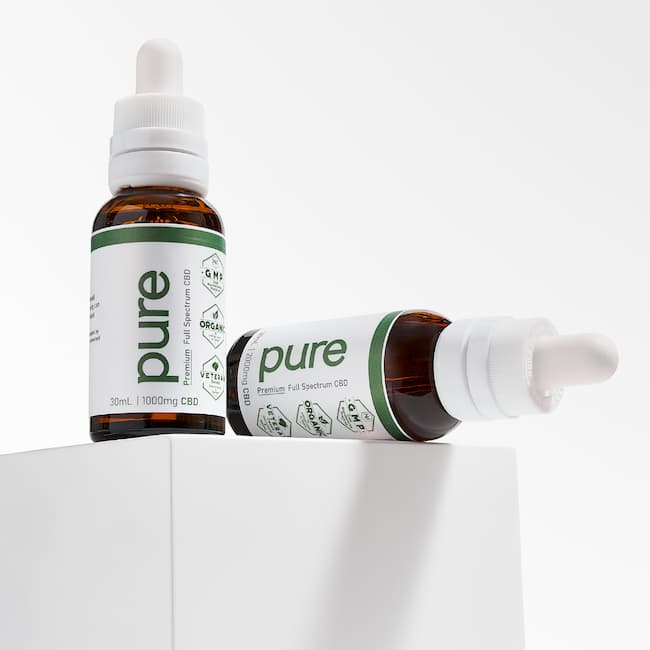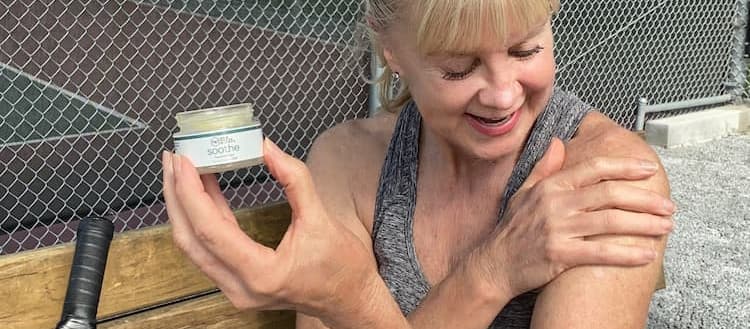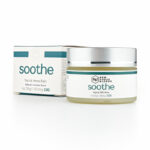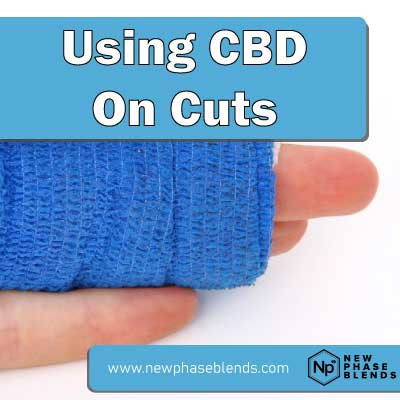When dealing with cuts, scrapes, and minor wounds, many people are turning to alternative healing methods beyond traditional first aid. CBD products on cuts has emerged as a promising natural approach that combines the therapeutic properties of cannabidiol with conventional wound care practices. As interest in holistic healing continues to grow, understanding how CBD interacts with our skin’s natural healing processes becomes increasingly valuable for those seeking comprehensive wound care solutions.
This comprehensive guide will explore the science behind using CBD on cuts, provide practical application methods, and help you understand when this natural approach might be beneficial for your healing journey. We’ll examine the anti-inflammatory and antimicrobial properties that make CBD for healing an intriguing option, while maintaining realistic expectations about what current research supports. Whether you’re exploring natural alternatives or looking to complement traditional wound care, you’ll discover evidence-based insights and practical guidance for incorporating CBD into your healing routine safely and effectively.
Understanding CBD’s Healing Properties for Wound Care
The therapeutic potential of CBD for cuts stems from its interaction with the body’s endocannabinoid system, which plays a crucial role in skin health and wound healing. Research indicates that CBD possesses several properties that may support the natural healing process, including anti-inflammatory effects that can help reduce swelling and redness around wound sites.
CBD’s antimicrobial properties represent another significant benefit for wound care. Studies have shown that cannabidiol demonstrates effectiveness against various bacteria, including some strains that commonly cause skin infections. This antimicrobial action, combined with CBD’s ability to modulate immune responses, creates a favorable environment for healing while potentially reducing the risk of complications.
The compound also exhibits analgesic properties, which means it may help manage pain associated with cuts and wounds. Unlike some traditional pain relief methods, CBD’s pain-modulating effects work through multiple pathways, potentially offering relief without the side effects associated with conventional pain medications. This multi-faceted approach to wound care makes CBD an appealing option for those seeking natural healing alternatives.
The Science Behind CBD and Skin Healing
Research into CBD’s effects on skin healing reveals fascinating mechanisms at the cellular level. The skin contains numerous cannabinoid receptors that respond to CBD, triggering various healing processes. When applied topically, CBD can influence cell proliferation, which is essential for closing wounds and regenerating healthy tissue.
One particularly interesting aspect of CBD for healing involves its impact on collagen synthesis. Collagen serves as the foundation for healthy skin structure, and proper collagen formation is crucial for wound healing. Preliminary studies suggest that CBD may support healthy collagen production, potentially leading to better wound closure and reduced scarring.
The anti-inflammatory effects of CBD also play a vital role in the healing process. Excessive inflammation can actually impede healing by prolonging the inflammatory phase of wound repair. CBD’s ability to modulate inflammatory responses may help wounds progress more efficiently through the natural healing stages, from initial injury through tissue repair and remodeling.
Practical Application Methods for CBD on Cuts
When considering how to use CBD on cuts, several application methods offer different advantages depending on the wound type and severity. Topical CBD products, including balms, creams, and oils, provide direct application to the affected area while minimizing systemic absorption. This targeted approach allows for concentrated therapeutic effects at the wound site.
For minor cuts and scrapes, CBD-infused balms often provide the most practical application method. These products typically combine CBD with other healing ingredients like beeswax, coconut oil, or aloe vera, creating a protective barrier while delivering therapeutic compounds. The consistency of balms also makes them ideal for staying in place on the wound without frequent reapplication.
Type: High strength CBD balm
CBD: 1000mg or 2000mg
Features: Free shipping, money back guarantee
CBD oils offer another versatile option for wound care, particularly when diluted appropriately for topical use. Pure CBD oil can be mixed with carrier oils like jojoba or hemp seed oil to create custom concentrations suitable for different wound types. This flexibility allows users to adjust potency based on their specific needs and sensitivity levels.
When applying any CBD product to cuts, proper wound preparation remains essential. Clean the wound thoroughly with appropriate antiseptic solutions before applying CBD products, and ensure your hands are clean to prevent introducing bacteria. Apply a thin layer of the CBD product, covering the entire wound area and extending slightly beyond the edges for comprehensive coverage.
Choosing Quality CBD Products for Wound Care
The effectiveness of CBD on cuts depends significantly on product quality and formulation. Third-party lab testing represents the gold standard for CBD product verification, ensuring that products contain the stated CBD concentrations while being free from harmful contaminants like pesticides, heavy metals, and residual solvents.
Full-spectrum CBD products contain additional cannabinoids and terpenes that may enhance therapeutic effects through what’s known as the entourage effect. However, for wound care applications, broad-spectrum or CBD isolate products might be preferable for those concerned about THC content or seeking more predictable effects.
The carrier oils and additional ingredients in CBD topical products significantly impact their suitability for wound care. Look for products that include complementary healing ingredients like vitamin E, calendula, or tea tree oil, while avoiding potential irritants like synthetic fragrances or dyes that could interfere with healing.
Safety Considerations and Precautions
While CBD generally demonstrates a favorable safety profile, certain precautions apply when using CBD on cuts. Individuals with known allergies to cannabis or hemp should exercise caution and consider patch testing before applying CBD products to wounds. Similarly, those taking medications should consult healthcare providers about potential interactions, even with topical applications.
Deep cuts, puncture wounds, or injuries showing signs of infection require professional medical attention regardless of any complementary treatments being considered. CBD should never replace appropriate medical care for serious wounds, and any signs of worsening conditions warrant immediate medical evaluation.

Proper wound hygiene remains paramount when incorporating CBD into wound care routines. Even beneficial natural products can introduce bacteria if applied with contaminated hands or tools. Always clean wounds properly before application and monitor healing progress closely for any signs of complications.
Integration with Conventional Wound Care
CBD for healing works best when integrated thoughtfully with conventional wound care practices rather than replacing them entirely. The combination of proper wound cleaning, appropriate dressing changes, and CBD application can create a comprehensive approach that addresses multiple aspects of healing.
Many healthcare practitioners recommend maintaining established wound care protocols while introducing CBD as a complementary therapy. This approach ensures that proven healing methods remain in place while exploring the potential additional benefits that CBD might provide.

Documentation of healing progress becomes particularly valuable when combining treatment approaches. Keeping records of wound appearance, pain levels, and healing milestones helps track the effectiveness of the integrated approach and provides valuable information for healthcare providers.
Expected Timeline and Results
Understanding realistic expectations for CBD on cuts helps users evaluate effectiveness and make informed decisions about continuing treatment. Minor cuts typically show initial healing signs within 24-48 hours, with CBD potentially supporting this natural timeline rather than dramatically accelerating it.

Pain relief from CBD applications may be noticed more quickly than visible healing improvements, often within 30-60 minutes of application. Anti-inflammatory effects might become apparent within a few hours as swelling and redness begin to subside around the wound site.
Complete healing timelines vary significantly based on factors like wound size, location, individual healing capacity, and overall health status. CBD’s contribution to healing may be most noticeable in the quality of healing rather than speed, potentially resulting in less scarring or more comfortable healing experiences.
Common Mistakes to Avoid
Several common errors can reduce the effectiveness of CBD wound care or potentially cause complications. Over-application represents one frequent mistake, as more CBD doesn’t necessarily mean better results. Following product instructions and starting with conservative amounts allows for assessment of individual response while avoiding waste.
Using CBD products on wounds that require medical attention can delay necessary treatment and potentially lead to complications. Understanding when professional medical care is needed helps ensure that CBD remains a complement to, rather than a replacement for, appropriate medical treatment.
Inconsistent application schedules can also limit effectiveness. Like many therapeutic approaches, CBD for healing typically requires regular, consistent use to achieve optimal results. Establishing a routine that includes proper wound cleaning followed by CBD application helps maximize potential benefits.
Future Perspectives and Research Directions
The field of CBD wound care continues to evolve as researchers investigate optimal formulations, application methods, and treatment protocols. Ongoing studies are examining specific cannabinoid ratios that might enhance healing effects, as well as investigating how CBD interacts with other natural healing compounds.
Clinical trials focusing specifically on CBD for wound healing are expanding our understanding of effective dosing and application frequencies. These studies will likely provide more definitive guidance on best practices for using CBD on cuts and other wounds.
The development of specialized wound care products incorporating CBD represents an exciting frontier in natural healing approaches. As research progresses, we can expect to see more sophisticated formulations designed specifically for different types of wounds and healing requirements.
Conclusion
CBD on cuts represents a promising natural approach to wound care that harnesses the therapeutic properties of cannabidiol to support the body’s natural healing processes. The anti-inflammatory, antimicrobial, and analgesic properties of CBD create a compelling foundation for its use in wound care, while growing research continues to expand our understanding of its mechanisms and applications.
Successful integration of CBD for healing requires thoughtful consideration of product quality, proper application methods, and realistic expectations about results. When used as part of a comprehensive wound care approach that includes proper hygiene and appropriate medical care when needed, CBD can offer a valuable addition to natural healing strategies.
As interest in holistic health approaches continues to grow, CBD wound care provides an accessible option for those seeking to support their body’s healing capabilities naturally. With proper knowledge and appropriate application, CBD on cuts can become a valuable tool in your natural health toolkit, offering potential benefits while respecting the complexity and importance of proper wound care practices.












